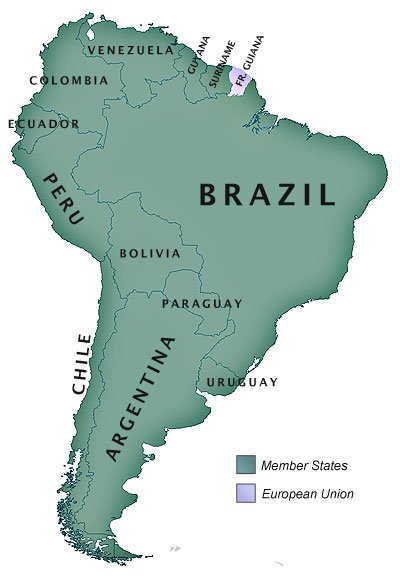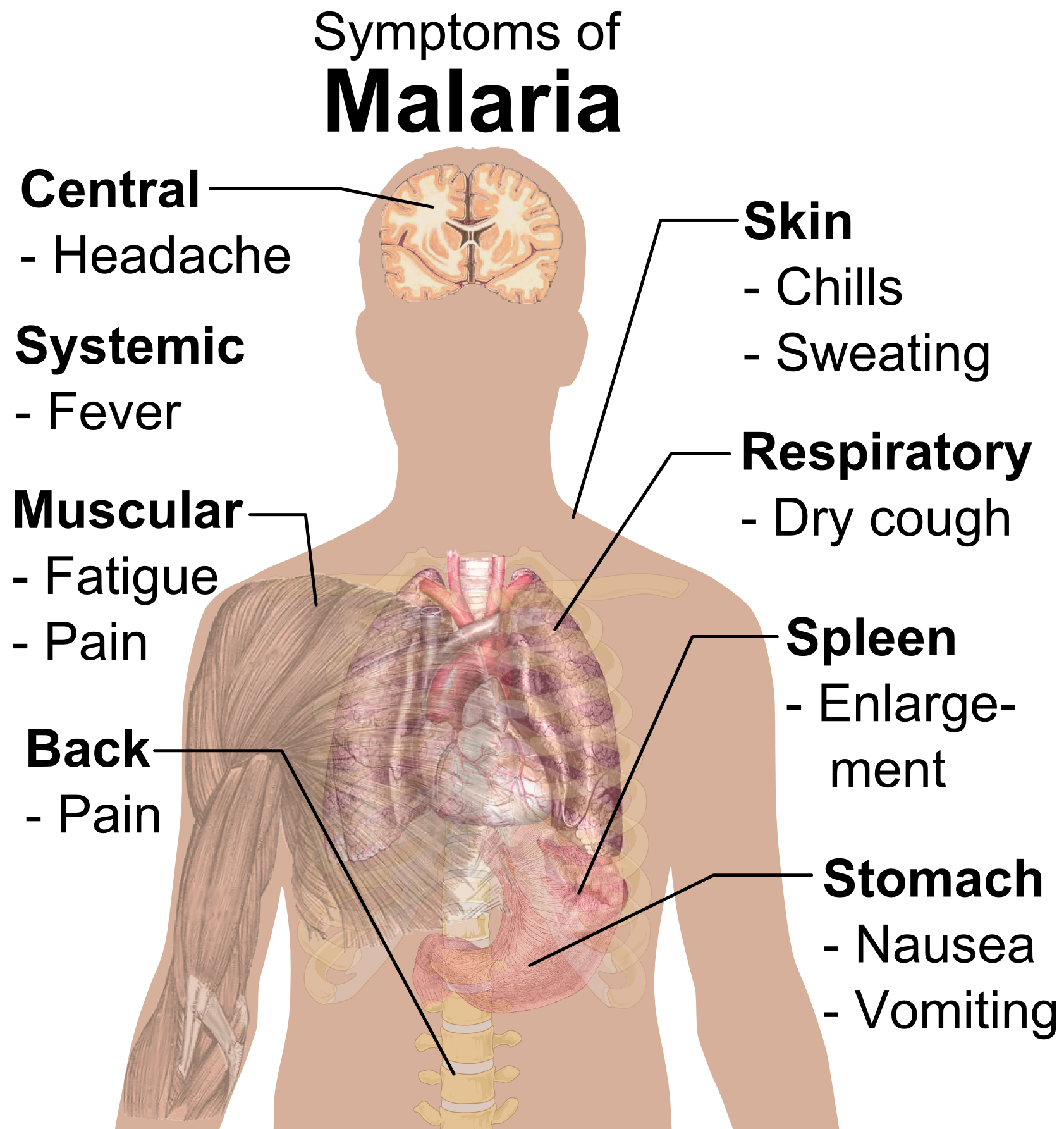|
Zanthoxylum Rhoifolium
''Zanthoxylum rhoifolium'' is a species of tree in the family Rutaceae known by the common names ''mamica de cadela'',Pereira, S. S., et al. (2010)Antinociceptive effect of ''Zanthoxylum rhoifolium'' Lam. (Rutaceae) in models of acute pain in rodents. ''J Ethnopharmacol'' 129(2):227-31 ''tambataru'',Begossi, A., et al. (1993)Plant uses in a Brazilian coastal fishing community (Buzios Island). ''J Ethnopharmacol'' 13(2) 233-56. and prickly ash.Duke, J. A. Duke's Handbook of Medicinal Plants of Latin America.' CRC Press 2008. It is native to South America.da Silva, S. L., et al. (2007)Cytotoxic evaluation of essential oil from ''Zanthoxylum rhoifolium'' Lam. leaves. ''Acta Amaz'' 37(2) It is a common tree on the Cerrado.Silva, I. A., et al. (2009)Fire effects on the population structure of ''Zanthoxylum rhoifolium'' Lam (Rutaceae) in a Brazilian savanna. ''Braz J Biol'' 69(3) 813-18. Description This species is a deciduous tree reaching up to 12 meters in height. It produces a spher ... [...More Info...] [...Related Items...] OR: [Wikipedia] [Google] [Baidu] |
Jean-Baptiste Lamarck
Jean-Baptiste Pierre Antoine de Monet, chevalier de Lamarck (1 August 1744 – 18 December 1829), often known simply as Lamarck (; ), was a French naturalist, biologist, academic, and soldier. He was an early proponent of the idea that biological evolution occurred and proceeded in accordance with Naturalism (philosophy), natural laws. Lamarck fought in the Seven Years' War against Prussia, and was awarded a commission for bravery on the battlefield. Posted to Monaco, Lamarck became interested in natural history and resolved to study medicine.#Packard, Packard (1901), p. 15. He retired from the army after being injured in 1766, and returned to his medical studies. Lamarck developed a particular interest in botany, and later, after he published the three-volume work ''Flore françoise'' (1778), he gained membership of the French Academy of Sciences in 1779. Lamarck became involved in the Jardin des Plantes and was appointed to the Chair of Botany in 1788. When the French Nationa ... [...More Info...] [...Related Items...] OR: [Wikipedia] [Google] [Baidu] |
Tree
In botany, a tree is a perennial plant with an elongated stem, or trunk, usually supporting branches and leaves. In some usages, the definition of a tree may be narrower, e.g., including only woody plants with secondary growth, only plants that are usable as lumber, or only plants above a specified height. But wider definitions include taller palms, tree ferns, bananas, and bamboos. Trees are not a monophyletic taxonomic group but consist of a wide variety of plant species that have independently evolved a trunk and branches as a way to tower above other plants to compete for sunlight. The majority of tree species are angiosperms or hardwoods; of the rest, many are gymnosperms or softwoods. Trees tend to be long-lived, some trees reaching several thousand years old. Trees evolved around 400 million years ago, and it is estimated that there are around three trillion mature trees in the world currently. A tree typically has many secondary branches supported cle ... [...More Info...] [...Related Items...] OR: [Wikipedia] [Google] [Baidu] |
Rutaceae
The Rutaceae () is a family (biology), family, commonly known as the rueRUTACEAE in BoDD – Botanical Dermatology Database or citrus family, of flowering plants, usually placed in the order (biology), order Sapindales. Species of the family generally have flowers that divide into four or five parts, usually with strong scents. They range in form and size from Herbaceous plant, herbs to shrubs and large trees. The most economically important genus in the family is ''Citrus'', which includes the Orange (fruit), orange (''C.'' × ''sinensis''), lemon (''C.'' × ''limon''), grapefruit (''C.'' × ''paradisi''), and Lime (fruit), lime (various). ''Boronia'' is a large Australian genus, some members of which are plants with highly fragrant flowers and are used in commercial Essential oil, oil production. Other l ... [...More Info...] [...Related Items...] OR: [Wikipedia] [Google] [Baidu] |
South America
South America is a continent entirely in the Western Hemisphere and mostly in the Southern Hemisphere, with a considerably smaller portion in the Northern Hemisphere. It can also be described as the southern Subregion#Americas, subregion of the Americas. South America is bordered on the west by the Pacific Ocean, on the north and east by the Atlantic Ocean, and to the south by the Drake Passage; North America and the Caribbean Sea lie to the northwest. The continent includes twelve sovereign states: Argentina, Bolivia, Brazil, Chile, Colombia, Ecuador, Guyana, Paraguay, Peru, Suriname, Uruguay, and Venezuela; two dependent territory, dependent territories: the Falkland Islands and South Georgia and the South Sandwich Islands; and one administrative division, internal territory: French Guiana. The Dutch Caribbean ABC islands (Leeward Antilles), ABC islands (Aruba, Bonaire, and Curaçao) and Trinidad and Tobago are geologically located on the South-American continental shel ... [...More Info...] [...Related Items...] OR: [Wikipedia] [Google] [Baidu] |
Cerrado
The Cerrado () is a vast ecoregion of Tropics, tropical savanna in central Brazil, being present in the states of Goiás, Mato Grosso do Sul, Mato Grosso, Tocantins, Maranhão, Piauí, Bahia, Minas Gerais, São Paulo (state), São Paulo, Paraná (state), Paraná and the Federal District (Brazil), Federal District. The core areas of the Cerrado biome are the Brazilian highlands – the ''Planalto''. The main habitat types of the Cerrado consist of forest savanna, wooded savanna, park savanna and grass, gramineous-woody savanna. The Cerrado also includes savanna wetlands and gallery forests. The second largest of Biomes in Brazil, Brazil's major habitat types, after the Amazon rainforest, Amazonian rainforest, the Cerrado accounts for a full 21 percent of the country's land area (extending marginally into Paraguay and Bolivia). About 75% of the Cerrado’s 2 million km2 is privately owned. Vast amounts of research have shown that the Cerrado is one of the richest of all tropi ... [...More Info...] [...Related Items...] OR: [Wikipedia] [Google] [Baidu] |
Deciduous
In the fields of horticulture and botany, the term deciduous () means "falling off at maturity" and "tending to fall off", in reference to trees and shrubs that seasonally shed Leaf, leaves, usually in the autumn; to the shedding of petals, after flowering; and to the shedding of ripe fruit. The antonym of deciduous in the botanical sense is evergreen. Generally, the term "deciduous" means "the dropping of a part that is no longer needed or useful" and the "falling away after its purpose is finished". In plants, it is the result of natural processes. "Deciduous" has a similar meaning when referring to animal parts, such as deciduous antlers in deer, deciduous teeth (baby teeth) in some mammals (including humans); or decidua, the uterine lining that sheds off after birth. Botany In botany and horticulture, deciduous plants, including trees, shrubs and herbaceous perennials, are those that lose all of their Leaf, leaves for part of the year. This process is called abscission. I ... [...More Info...] [...Related Items...] OR: [Wikipedia] [Google] [Baidu] |
Anti-inflammatory
Anti-inflammatory is the property of a substance or treatment that reduces inflammation, fever or swelling. Anti-inflammatory drugs, also called anti-inflammatories, make up about half of analgesics. These drugs reduce pain by inhibiting mechanisms of inflammation, as opposed to opioids, which affect the central nervous system to block pain. Common anti-inflammatory drugs include nonsteroidal anti-inflammatory drugs (NSAIDs), corticosteroids, antileukotrienes, and monoclonal antibodies. Drugs Clinically approved Nonsteroidal anti-inflammatory drugs NSAIDs alleviate pain by counteracting the cyclooxygenase (COX) enzyme involved in pain mechanisms. Some common examples of NSAIDs are aspirin, ibuprofen, and naproxen. Selective COX-2 inhibitors, such as celecoxib, block the enzymatic conversion of arachidonic acid into prostaglandin, inhibiting inflammation and pain. Analgesics commonly associated with anti-inflammatory drugs, such as acetaminophen (paracetamol), hav ... [...More Info...] [...Related Items...] OR: [Wikipedia] [Google] [Baidu] |
Malaria
Malaria is a Mosquito-borne disease, mosquito-borne infectious disease that affects vertebrates and ''Anopheles'' mosquitoes. Human malaria causes Signs and symptoms, symptoms that typically include fever, Fatigue (medical), fatigue, vomiting, and headaches. In severe cases, it can cause jaundice, Epileptic seizure, seizures, coma, or death. Symptoms usually begin 10 to 15 days after being bitten by an infected ''Anopheles'' mosquito. If not properly treated, people may have recurrences of the disease months later. In those who have recently survived an infection, reinfection usually causes milder symptoms. This partial Immunity (medical), resistance disappears over months to years if the person has no continuing exposure to malaria. The mosquitoes themselves are harmed by malaria, causing reduced lifespans in those infected by it. Malaria is caused by protozoa, single-celled microorganisms of the genus ''Plasmodium''. It is spread exclusively through bites of infected female ... [...More Info...] [...Related Items...] OR: [Wikipedia] [Google] [Baidu] |
Nitidine
Nitidine is a benzophenanthridine alkaloid found in species of the genus '' Zanthoxylum '', notably in '' Zanthoxylum nitidum''. This compound has an anti-malarial activity.Bouquet, J., et al. (2012)Biological activities of nitidine, a potential anti-malarial lead compound.''Malaria Journal'' 11:67 References Isoquinoline alkaloids Benzodioxoles Quinoline alkaloids Alkaloids found in Rutaceae Antimalarial agents Methoxy compounds Heterocyclic compounds with 5 rings {{alkaloid-stub ... [...More Info...] [...Related Items...] OR: [Wikipedia] [Google] [Baidu] |
Alkaloid
Alkaloids are a broad class of natural product, naturally occurring organic compounds that contain at least one nitrogen atom. Some synthetic compounds of similar structure may also be termed alkaloids. Alkaloids are produced by a large variety of organisms including bacteria, fungus, fungi, Medicinal plant, plants, and animals. They can be purified from crude extracts of these organisms by acid-base extraction, or solvent extractions followed by silica-gel column chromatography. Alkaloids have a wide range of pharmacology, pharmacological activities including antimalarial medication, antimalarial (e.g. quinine), asthma, antiasthma (e.g. ephedrine), chemotherapy, anticancer (e.g. omacetaxine mepesuccinate, homoharringtonine), cholinomimetic (e.g. galantamine), vasodilation, vasodilatory (e.g. vincamine), Antiarrhythmic agent, antiarrhythmic (e.g. quinidine), analgesic (e.g. morphine), antibacterial (e.g. chelerythrine), and anti-diabetic, antihyperglycemic activities (e.g. berb ... [...More Info...] [...Related Items...] OR: [Wikipedia] [Google] [Baidu] |
Zanthoxylum
''Zanthoxylum'' is a genus of about 250 species of deciduous and evergreen trees, shrubs and climbers in the Family (biology), family Rutaceae that are native to warm temperate and Subtropics, subtropical areas worldwide. It is the type genus of the tribe Zanthoxyleae in the subfamily Rutoideae#Zanthoxyleae, Rutoideae. Several of the species have yellow Wood#Heartwood and sapwood, heartwood, to which their generic name alludes. Several species are cultivated for their use as spices, notably including Sichuan pepper. Description Plants in the genus ''Zanthoxylum'' are typically dioecious shrubs, trees or woody climbers armed with Trichome#Plant trichomes, trichomes. The leaves are arranged alternately and are usually Pinnation, pinnate or Glossary of leaf morphology#trifoliate, trifoliate. The flowers are usually arranged in panicles and usually function as male or female flowers with four sepals and four petals, the sepals remaining attached to the fruit. Male flowers have f ... [...More Info...] [...Related Items...] OR: [Wikipedia] [Google] [Baidu] |
Flora Of The Cerrado
Flora (: floras or florae) is all the plant life present in a particular region or time, generally the naturally occurring ( indigenous) native plants. The corresponding term for animals is ''fauna'', and for fungi, it is ''funga''. Sometimes bacteria and fungi are also referred to as flora as in the terms ''gut flora'' or ''skin flora'' for purposes of specificity. Etymology The word "flora" comes from the Latin name of Flora, the goddess of plants, flowers, and fertility in Roman mythology. The technical term "flora" is then derived from a metonymy of this goddess at the end of the sixteenth century. It was first used in poetry to denote the natural vegetation of an area, but soon also assumed the meaning of a work cataloguing such vegetation. Moreover, "Flora" was used to refer to the flowers of an artificial garden in the seventeenth century. The distinction between vegetation (the general appearance of a community) and flora (the taxonomic composition of a community) was ... [...More Info...] [...Related Items...] OR: [Wikipedia] [Google] [Baidu] |








